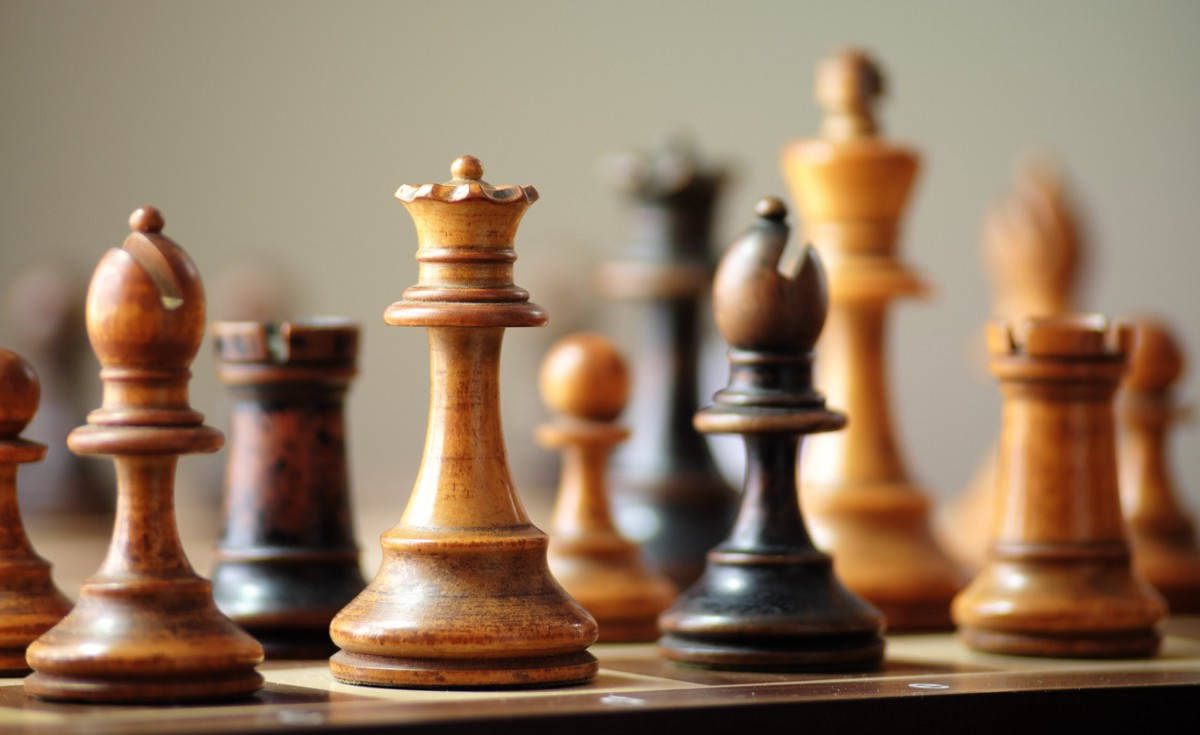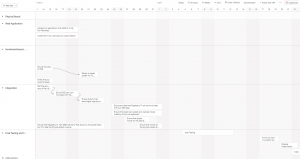This week, I focused on ensuring our PCBs were fabricated correctly and properly connected to the 9th MUX. I also helped ensure we can have our PCB neatly placed and positioned within our encasing, to provide minimal clutter and easily accessible. I was also able to run a number of tests on our software systems, to ensure that the move and board legality checker has minimal latency (<25ms) and the sub-system was able to catch all illegal board states and moves. I was able to test the board components for accessibility (braille, piece identification, ease of understanding the board), and decided to modify our braille tiles to be larger to ensure clear comprehension by our blind users. I was also able to provide that our button and speaker circuit work accurately and ensure that they can be powered by our RPi/Arduino, without affecting the performance of our system. I was also able to run some power tests on our button and speaker circuit while keeping in mind the voltage requirements of our PCBs. Finally, I was able to determine the latency for communication between the Arduino and RPi (<80ms), and also the vocalization system(~<500ms). I was able to ensure that our sub-systems were within their individual latency requirements for MVP and plan to reduce latency post-MVP.
We are slightly behind schedule because of a delay in the arrival of our magnets and PCBs, however, we plan to finish the integration by this weekend and start our system tests and integration tests next week, before our final demo.
By next week, we hope to have our project completely done and ready to be used!




